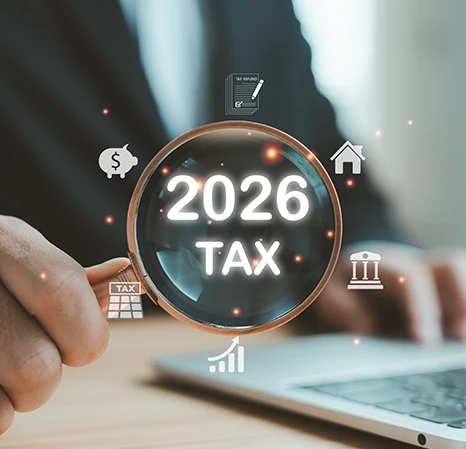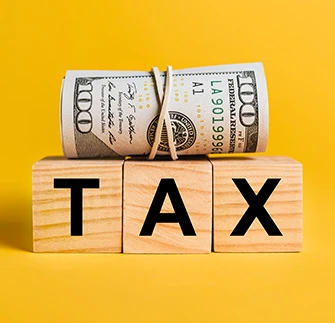Employee vs. Independent Contractor is a significant aspect of employment law. Before former President (and now President-elect) Donald Trump left office in 2020, his administration passed a rule, somewhat narrowing the definition of who and what is an independent contractor – and then the Biden Administration withdrew that rule, rolling things back to the confusing place they were under the Obama Administration.
But then, due to a legal challenge the Trump Rule was reinstated – and then under the “Biden Administration”, the US Department of Labor implemented a “new” rule that took effect on March 11. That rule itself is the subject of legal challenges. If that’s not enough, with President Trump returning to the White House in January, his administration may roll back that rule. Are you dizzy yet? In this webinar, we will sort that out and how, in the interim, you can determine if your worker(s) is/are independent contractors or employees.
Many employers believe that if their employees agree to certain pay arrangements, or agree to be classified as independent contractors, then there is no violation of the law. This is not the case. Employees cannot agree to waive their rights under the Fair Labor Standards Act. For example, offering your employees time off or additional benefits in place of overtime pay is still an FLSA violation—even if your employees sign a written contract to that effect. The FLSA and only the FLSA determine the employer’s FLSA obligations.
Even when an employee willingly goes along with, or even requests, an illegal pay arrangement s/he can still sue the employer for Fair Labor Standard Act violations and recover any back pay he is owed under this employment law. In addition to keeping the extra pay and benefits he already pocketed under the illegal compensation system, and additional amounts in liquidated damages. If that’s not enough you may also be on the hook for your employees’ legal fees.








